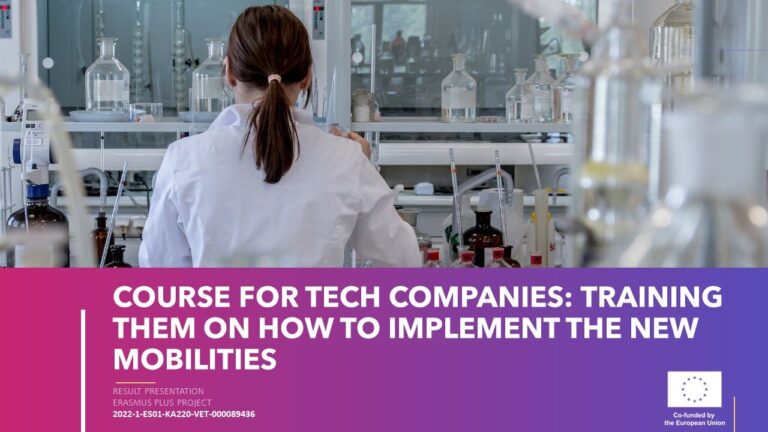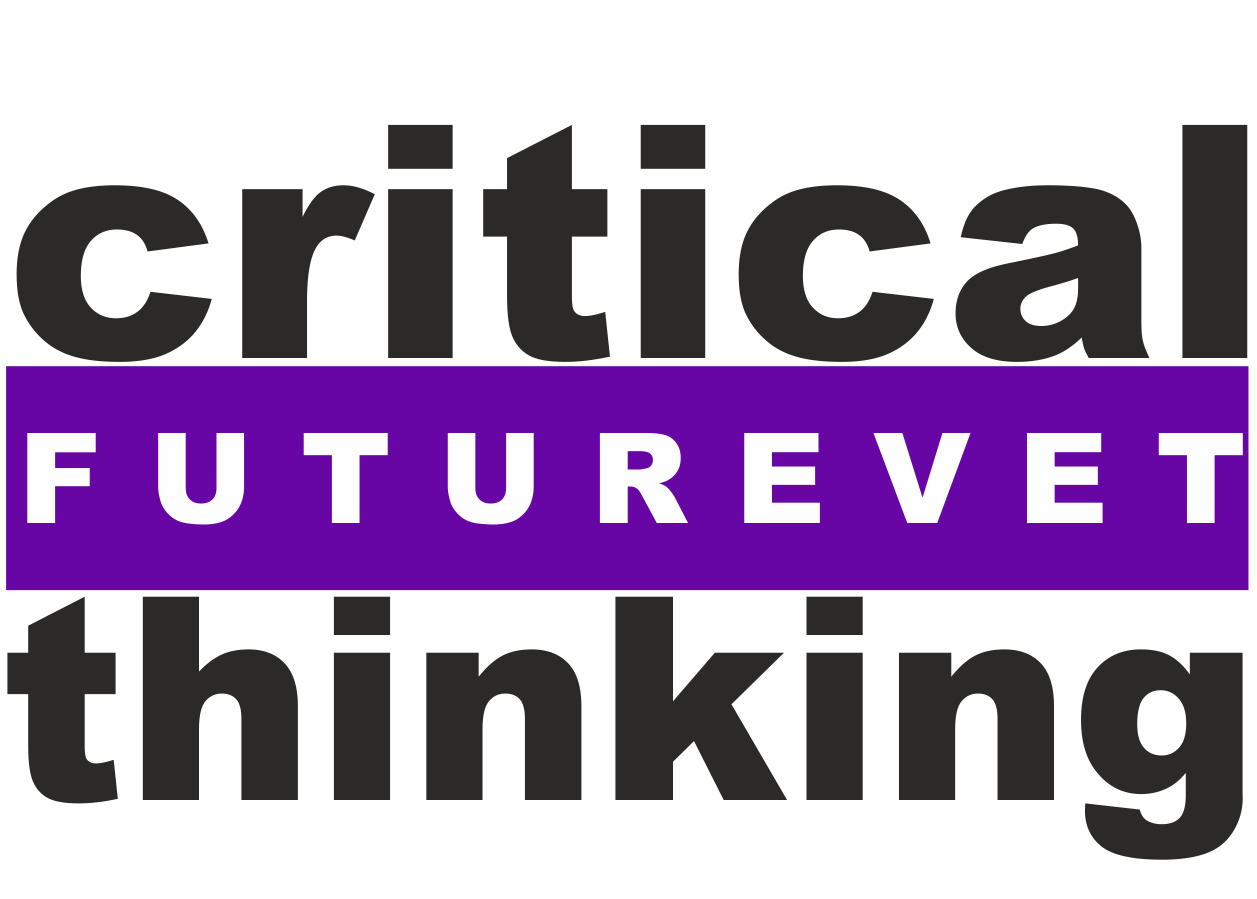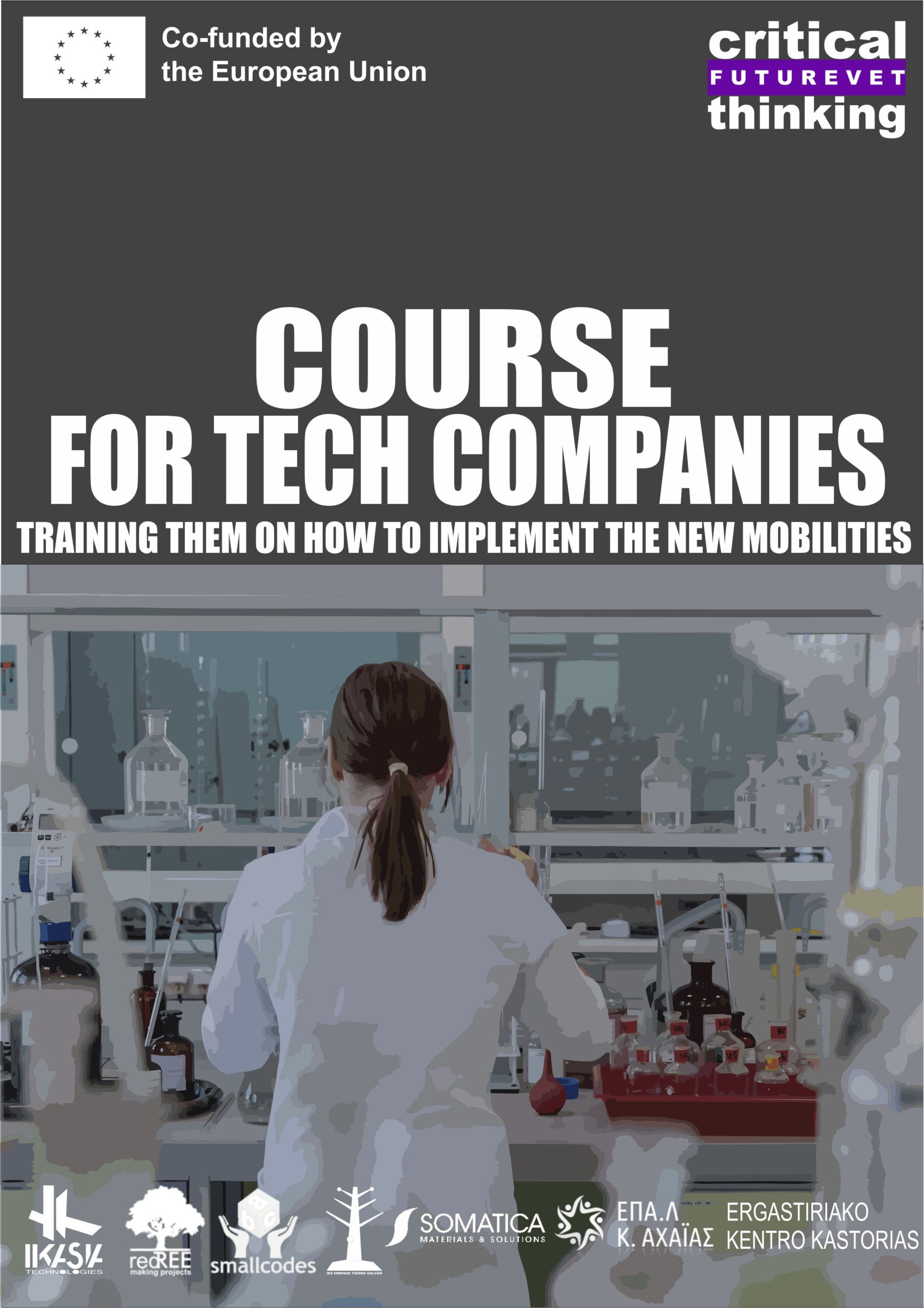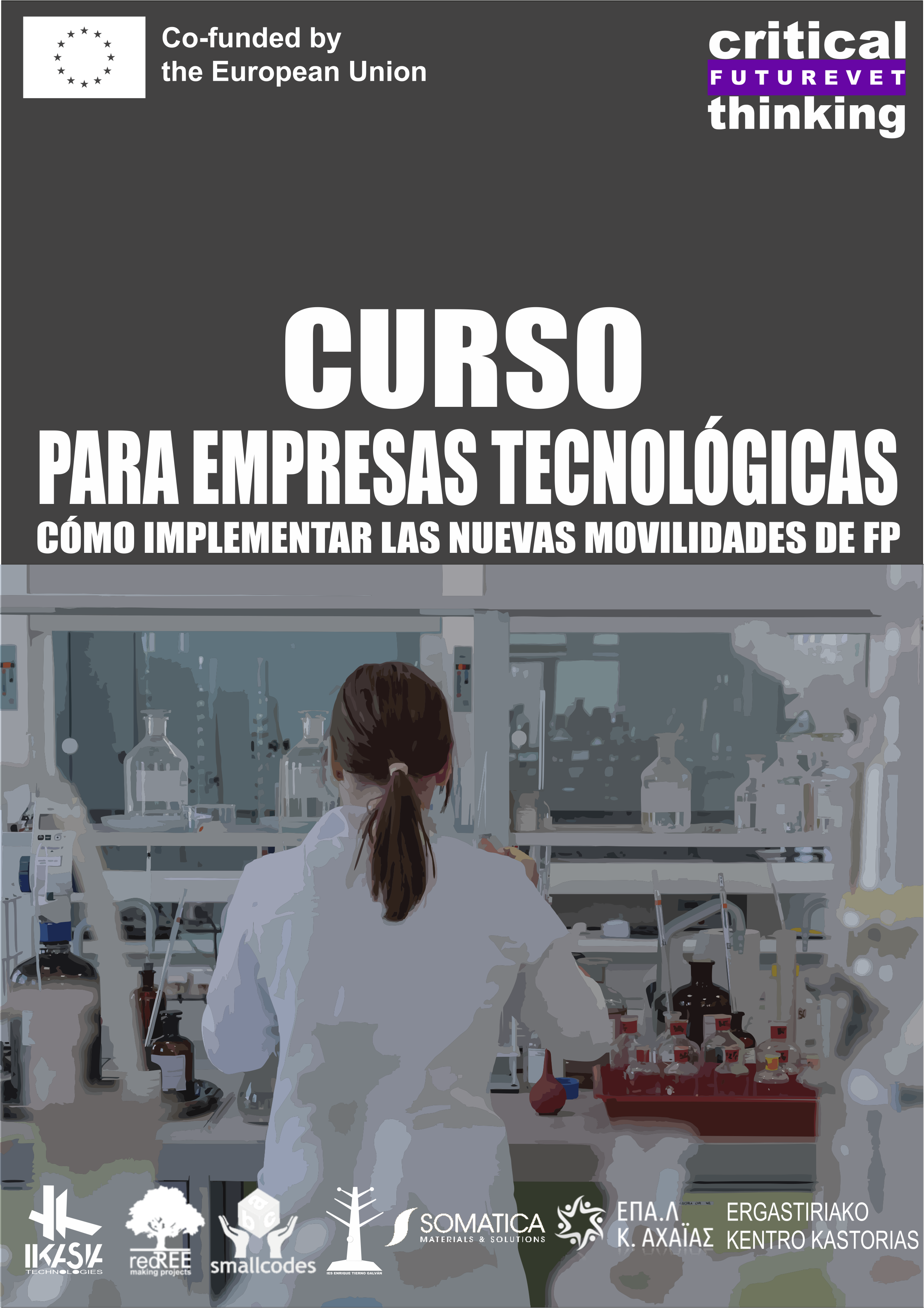ACCESS TO THE COURSE
Course aimed at technology companies that offers recommendations and tools to adapt the reception of VET students with obstacles to the new structure of vocational training, and help them to generate the necessary figures for it, such as the dual tutor in the workplace.
This course not only shows the advantages and opportunities offered by the new model of Vocational Training to technology companies, but also helps them to generate training plans and the necessary figures (the company tutor) to host mobilities of VET students with obstacles of training cycles of technological branches, especially abroad, thus promoting the internationalization of both the company and the educational center.
In this sense, this course presents a methodological proposal for the training of a student with obstacles of a dual vocational training cycle of technological branches in their period of stay in the company.
The new Vocational Education System proposed by Organic Law 3/2022 on the organization and integration of Vocational Training is based on the co-responsibility of vocational training centers and companies in the training of students. The company is expected to participate in the achievement of certain learning outcomes of the student’s degree, in addition to the results expected from the work activity in the company. This is a challenge in terms of the dedication of the company’s personnel, and in particular of the student’s tutor in the company, and requires a previous programming and a method that makes the learning process effective and not too burdensome for the company in terms of time dedicated by its personnel to the educational tasks.
CONTENTS
1. INTRODUCTION
2. OBJECTIVE OF THE COURSE
3. A NEW VET MODEL: VOCATIONAL TRAINING IN SPAIN
3.1. The definition of the curriculum. Terminology.
3.2. The student’s training plan: the part of the curriculum that the educational VET center is in charge of and the part that the company is in charge of in dual training.
3.3. Training for a career versus training for a job.
3.4. Motivation.
3.5. The student’s commitment to his or her training. School dropout.
3.6. The training period in the company.
4. COMPANY TUTOR
5. A MODEL OF DIGITAL, INCLUSIVE AND CONTINUOUS WORK: VIRTUAL DUAL VOCATIONAL TRAINING
6. STRUCTURAL AND ORGANIZATIONAL CHANGES IN INCLUSIVE TECHNOLOGY COMPANIES
6.1. Features of the inclusive company
6.2. Inclusion of students with barriers in the company
6.3. The role of the methodology we propose in this course in the inclusion of students with barriers.
7. CRITICAL THINKING APPLIED TO VOCATIONAL TRAINING.
8. THE SEARCH FOR SCIENTIFIC OR TECHNICAL INFORMATION AND ARTIFICIAL INTELLIGENCE APPLIED TO VOCATIONAL TRAINING
9. PROCESSES FOR IN-COMPANY TEACHING OF STUDENTS WITH OBSTACLES: THE TRAINING PLAN PROGRAMMING AND FOLLOW-UP NOTEBOOK.
10. SHARED COMPANY-EDUCATIONAL CENTER EVALUATION MECHANISMS AND ECVET CREDITS.
11. TEMPLATE OF THE TRAINING PLAN PROGRAMMING AND FOLLOW-UP NOTEBOOK.
12. VOCATIONAL TRAINING IN EUROPE
12.1. Vocational training in PORTUGAL
12.2. Vocational training in ITALIA
12.3. Vocational training in GRECIA
13. GRANTS FOR INTERNATIONAL MOBILITY
13.1 Erasmus Plus Programme
13.2 National support
14. CONCLUSIONS
15. BIBLIOGRAPHY
PRESENTATION



